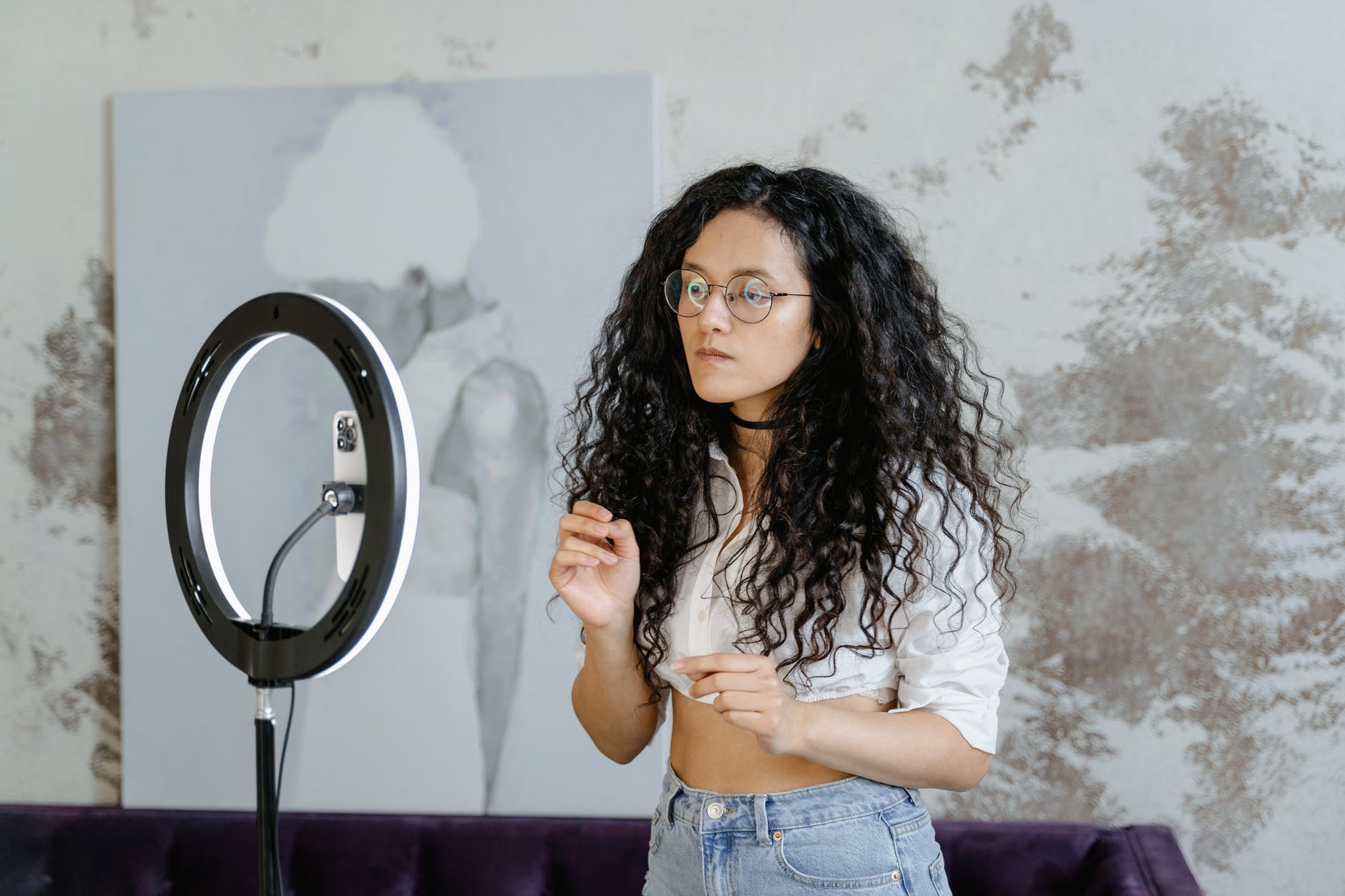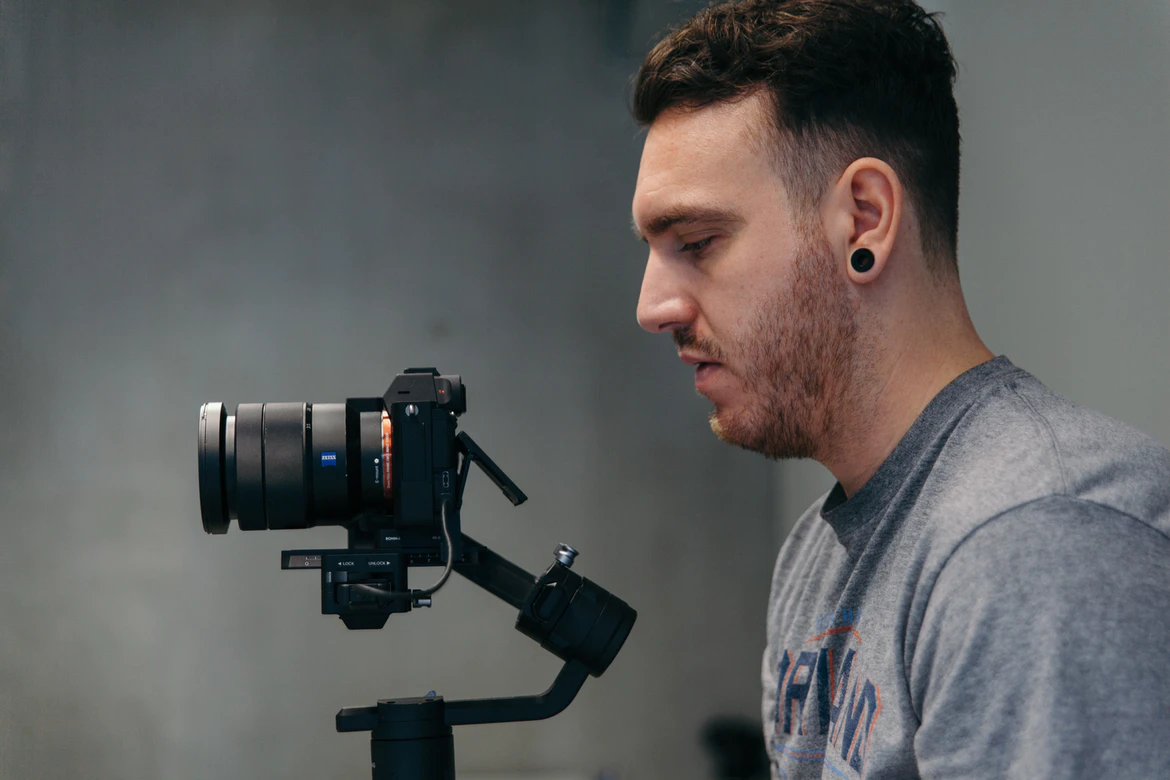Mastering the Art of Self-Taping:
A Guide for Actors
(By Carmichael Phillips)
 (Photo: Mart Production | Pexels)
(Photo: Mart Production | Pexels)
In the digital age, self-taping has become an essential tool for actors to showcase their talent and audition for roles remotely. Whether you’re a seasoned actor or just starting out, the ability to create a compelling self-tape can greatly enhance your chances of landing that dream role. In this article, we will explore the key elements and best practices for actors making a self-tape that captures their essence and leaves a lasting impression on casting directors.
Choose the Right Scene (If one is not given to you):
When selecting a scene for your self-tape, it’s crucial to pick one that showcases your strengths as an actor. Consider your range, character type, and the specific requirements of the role you’re auditioning for. It’s also important to choose a scene that resonates with you emotionally, as this will help you deliver a more authentic performance.
Prepare and Rehearse:
 (Photo: Mart Productions | Pexels)
(Photo: Mart Productions | Pexels)
Just like any audition, proper preparation is essential for a self-tape. Take the time to thoroughly understand the character, their objectives, and the context of the scene. Memorize your lines and practice with a fellow actor or coach to fine-tune your performance. Rehearsing will help you feel more confident and comfortable in front of the camera.
Set Up Your Recording Space:
Creating a professional-looking self-tape requires attention to detail. Find a well-lit area in your home with minimal distractions. Ensure that the background is neutral and uncluttered, focusing the attention solely on your performance. Invest in decent lighting equipment to eliminate shadows and ensure your face is well-illuminated.
Camera, Sound, Action:
 (Photo: Vanilla Bear Films | Unsplash)
(Photo: Vanilla Bear Films | Unsplash)
The technical aspects of your self-tape can greatly impact its quality. Invest in a good quality camera that can capture high-definition video. Position the camera at eye level, framing yourself from the chest up. Ensure your audio is clear by using an external microphone or recording device. Avoid using the camera’s built-in microphone as it may pick up unwanted background noise.
Performance and Delivery:
When filming your self-tape, strive for authenticity and emotional depth. Create a strong connection with your scene partner, even if you’re performing alone. Be present in the moment and let your emotions shine through. Pay attention to your body language, facial expressions, and vocal delivery. Remember to take your time, allowing the scene to breathe naturally.
Editing and Final Touches:
Once you’ve recorded your self-tape, it’s time to edit and polish it before submission. Trim unnecessary footage, adjust audio levels, and ensure the video is of high quality. Add a slate at the beginning, stating your name and agency (if applicable). Include any requested information, such as contact details or an introduction, at the end of the tape. Lastly, double-check the submission requirements and follow them precisely.
 (Photo: Anna Shvets | Pexels)
(Photo: Anna Shvets | Pexels)
Self-taping is an invaluable skill for actors in today’s digital landscape. By following these guidelines and practicing regularly, you can create impressive self-tapes that capture your talent, professionalism, and dedication to your craft. Remember, each self-tape is an opportunity to showcase your unique abilities and make a lasting impression on casting directors. Embrace the process, be true to yourself, and let your talent shine through the screen.



